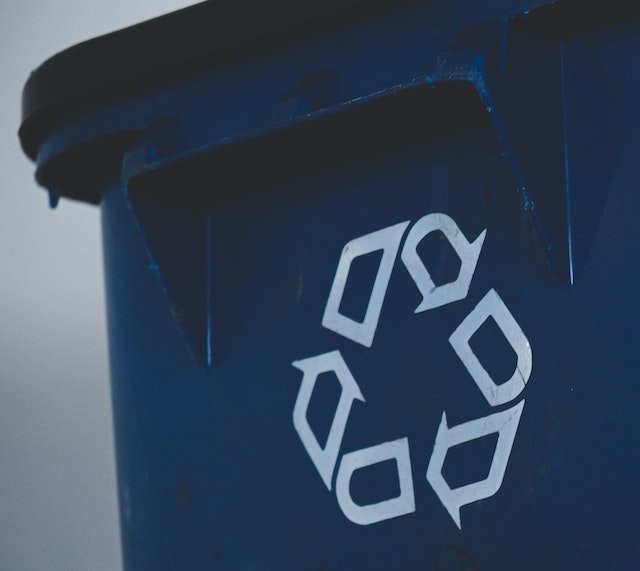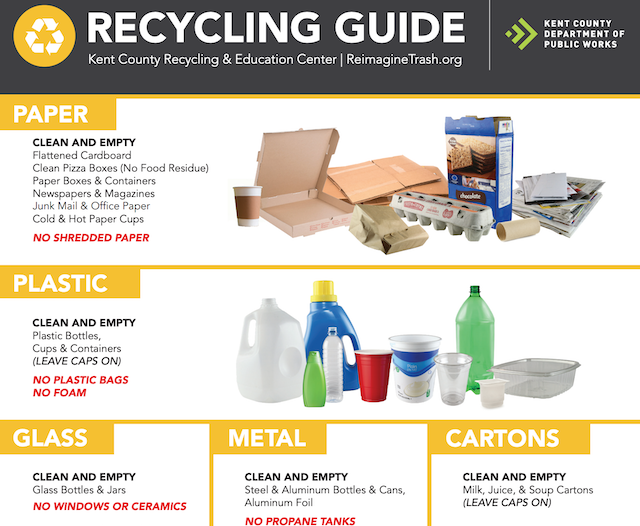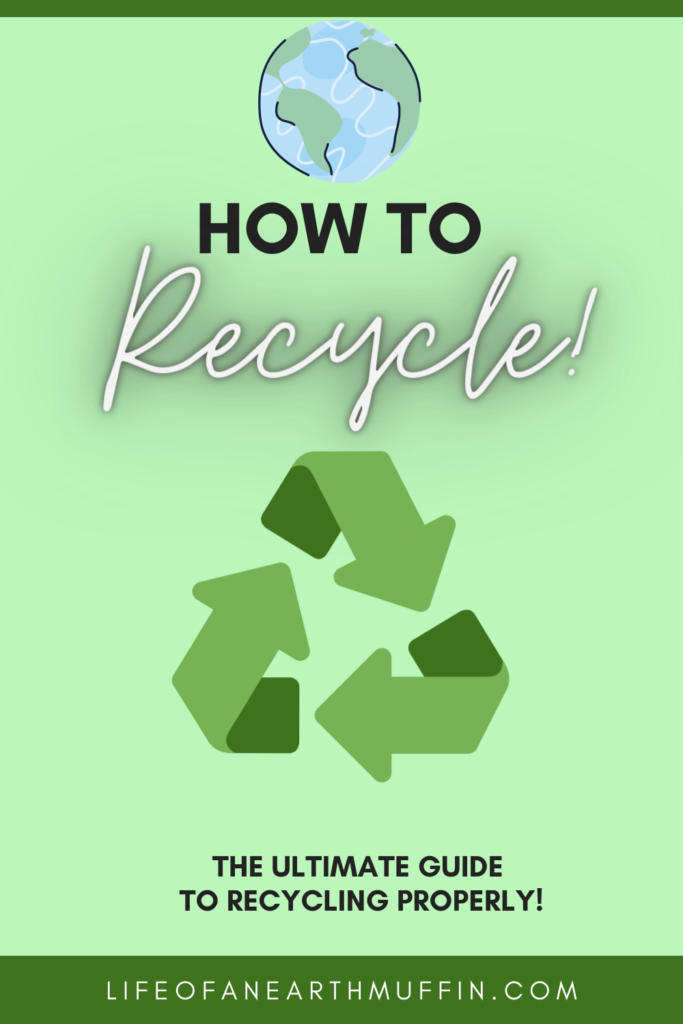In the world of recycling and sustainability, “downcycling” is a term that comes up often. But, not everyone understands what it means or why it matters. Downcycling plays a significant role in the lifecycle of materials and products, influencing both the environment and resource usage. This post will explore what downcycling is, its implications, and how we can prevent it to promote a more sustainable future.
Read More ➥Tag: recycling
bookmark_borderWhat is Wishcycling? (And How To Avoid It)
Hey earth muffins! Recycling is an essential practice that helps conserve resources and reduce waste. However, an increasingly common phenomenon known as “wishcycling” has emerged, undermining the effectiveness of recycling efforts. To avoid wishcycling and contribute to more effective recycling practices, here are a few things to keep in mind:

So, What is “Wishcycling”?
“Wishcycling” refers to the act of placing items in the recycling bin with the hope that they will be recycled, even if they are not accepted or recyclable in your local recycling program. While the intention behind wishcycling is often positive, it is definitely the way to NOT recycle. It can lead to contamination, higher costs, and ultimately undermine recycling systems. It should be avoided at all costs!
Read More ➥bookmark_borderUnderstanding The Recycling Symbol (and Why It SUCKS!)
Hey earth muffins! Happy Plastic Free July! 🌎 🎉 This month is a great time to focus on plastic-free living to reduce your consumption of plastics in your daily life. I personally have a goal to reduce plastics as much as possible; but, I know that I will still encounter some plastics this month and beyond. So will you! To prevent these from ending up in the landfill, it is important to recycle anything that you can. Today, I will be sharing everything you need to know about the recycling symbol.

What is the Recycling Symbol?
I am 99.99% sure that you have seen this symbol before. ♻️ It seems to be everywhere in the eco community and is automatically associated with anything to do with recycling. The three arrows of the symbol represent the three steps of the recycle process:
Read More ➥bookmark_borderThe Ultimate Guide to Recycling Properly! ♻️
Hey earth muffins! While recycling isn’t the perfect solution to saving the planet, it is better than having plastic end up in the landfill. I urge you to choose reduce and reuse before recycle; but, it is still good to get in the habit of recycling. This is especially true if you have a great recycling plant near you! 😊 I am lucky enough to live in a place where most things can be recycled. So, I have created a list of my top tips for you all. Here is the ultimate guide to recycling correctly and effectively!

Don’t be a “wishcycler” – know what you can actually toss in the bin!
Depending on where you live, certain things can and canNOT be recycled. This normally depends on the size/location of your recycling plant. Avoid being a “wishcycler”, defined as someone who adds an item into the recycle bin without knowing if it can actually be recycled. While the act itself is in good spirit (hoping that the item can be recycled), this can lead to issues at the recycling plant. For accurate information on what can be accepted, consider reaching out to an eco-friendly center like Corridor Recycling, which offers comprehensive recycling services and can guide you on the right items to recycle. Take the time to learn what your recycling center actually accepts. While it can be hard to throw away something that could be recycled in another city, it prevents against ruining a batch of recycling or having staff at the center throw it away for you. You bought the item, so you need to dispose of it correctly!
Make sure your recyclables are clean and dry.
Back in 2020, I wrote about how NOT to recycle. In that post, I mentioned that you need to avoid throwing any dirty or wet items into the recycle bin. This is a must if you are trying your best to recycle properly! Having nasty pieces of food in metal cans or sticky drops of soda in glass bottles is a no-no. Exactly how are food particles, water, etc. “recyclable”? Precisely – they aren’t! Take care to dry off any items you wash off.
Learn how to identify the different types of plastic!
Just because an item has the “recycle arrows” on the bottom does NOT mean it can be recycled! ♻️ I had no idea about that until I started my eco journey a few years ago! The number inside the arrows can be used to identify what type of plastic the item is made from. If your local recycling center takes plastics #1-4, do NOT recycle any #5 plastics. This is also helpful when you are shopping; only buy the types of plastics that you know can be recycled in your city! If you are interested in learning more about how to identify plastics, check out this helpful article.

Keep your recycle bin full of loose items.
Unlike trash, you do NOT want to use plastic bags for your recycling. An essential tip for this guide to recycling: your bin should be full of loose items! This will ensure that the machines do not get stuck on small items such as plastic bags. Plus, it helps with sorting materials to ensure they are all recycled properly. If you have a bag full of metals, glass, and plastic, how can you be sure all of the items get separated? I live in an apartment building, which means we have a shared recycle bin downstairs. I carry my recyclables down in a paper bag and then dump out the bag into the bin before also throwing in the paper bag. My parents have a small recycle bin in the kitchen that gets dumped into a larger bin in the garage – do what works best for you!
Make sure you return cans/glass bottles to a can return.
If you live in a state with a bottle deposit, take those cans and bottles to the can return! Firstly, you get money back just by returning the cans. And, the can returns already have partnerships with companies who will take the returned cans/bottles for recycling. This guarantees that your recyclables are being reused, which is the whole aim of recycling to begin with! If you are looking for a way to make some extra money, getting cans from people in your neighborhood is a nice way to earn a few extra dollars as well.
Stay conscious of your plastic choices; recycling shouldn’t be your first choice!
As I mentioned in the beginning of this post, recycling shouldn’t be your first step on your eco journey. It is crucial to reduce your consumption to avoid plastics to begin with! It is currently Plastic Free July, so take some extra steps this month to limit your plastic intake. Check out my top 10 easiest sustainable swaps if you are stuck on what to tackle first!

Final Thoughts on This Guide to Recycling
I hope this guide to recycling was helpful for you all! While not the best option, recycling is a good place to start for any newbie earth muffins. 😊 The most important thing is to know what your local recycling center accepts! Once you know the rules, only recycle dry, clean, and acceptable items. It’s as easy as that! After you master recycling, make sure you spread these tips to your family and friends too. I know I’ve definitely had to teach people the correct ways of recycling. Do you recycle??
Love,
Jenna ♥
